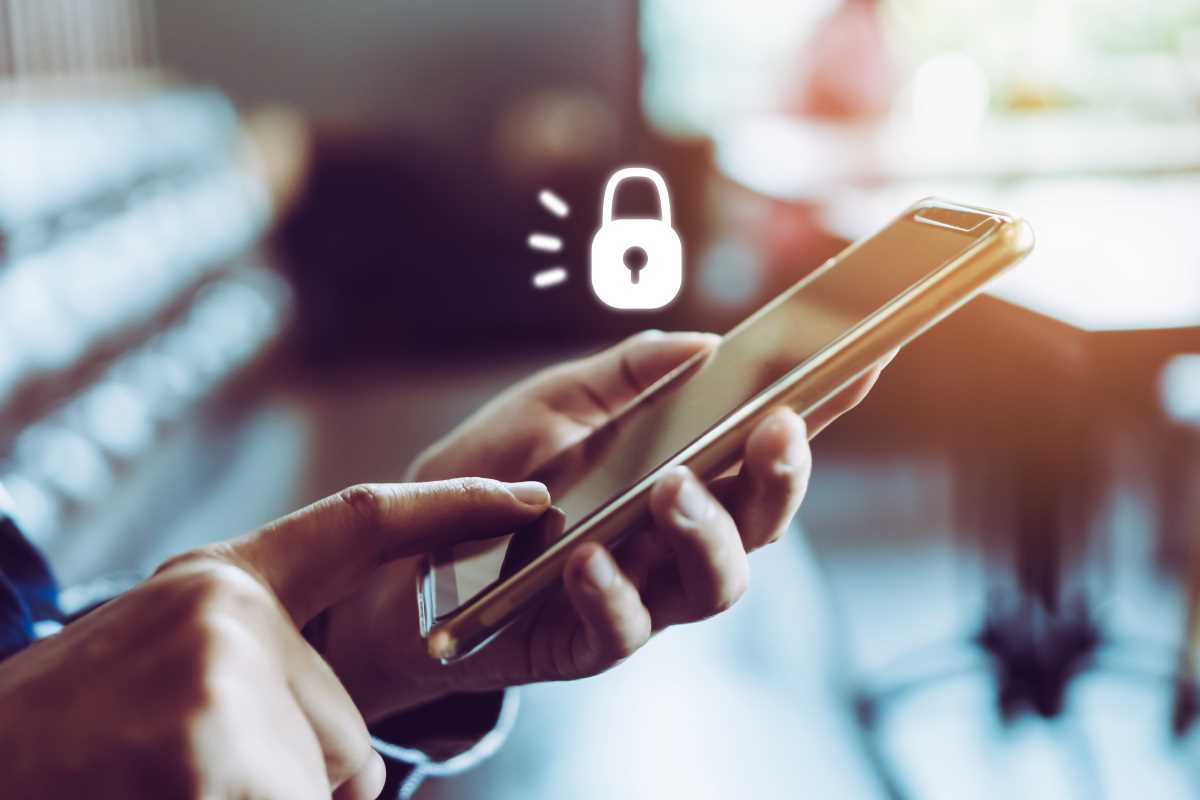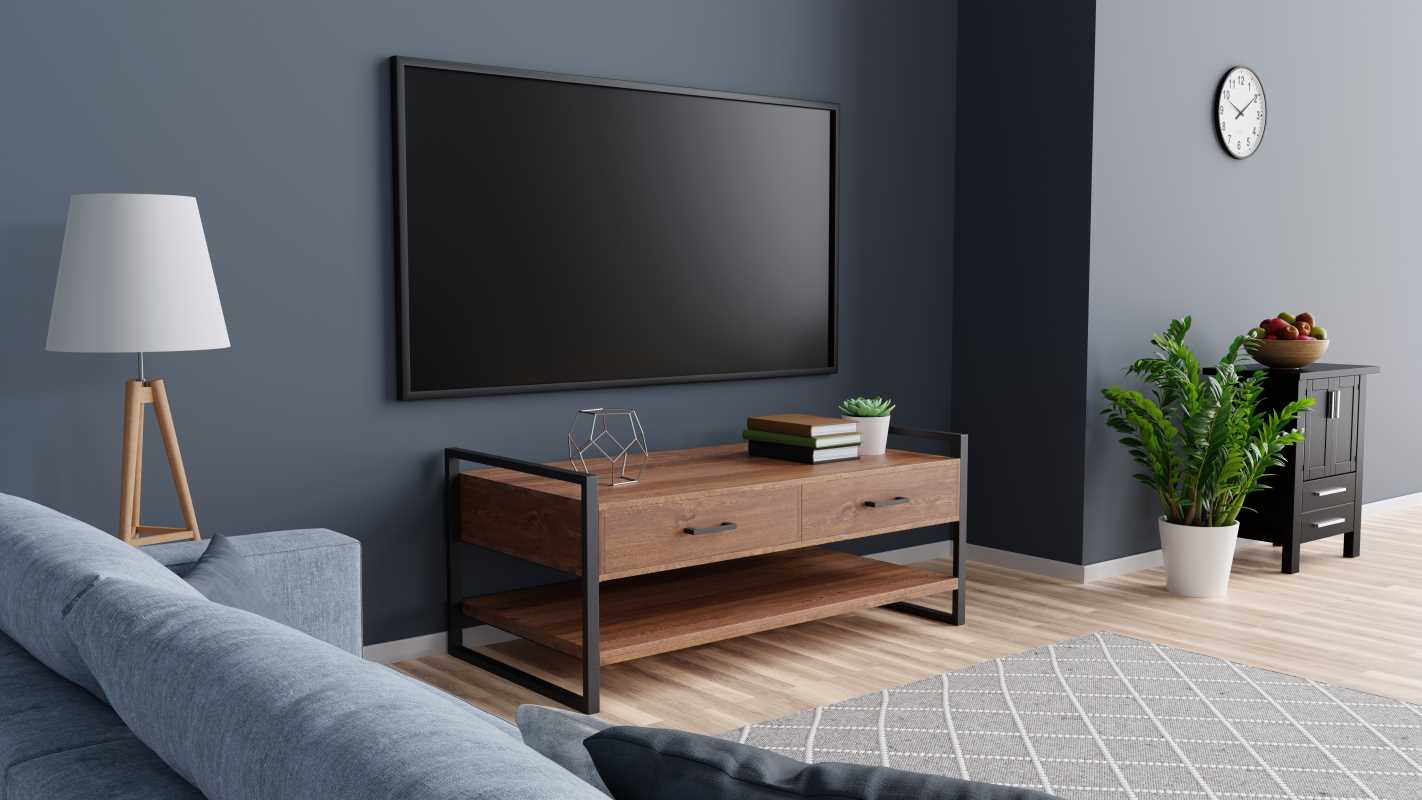Are you constantly struggling to keep your smartphone charged throughout the day? Smartphones are indispensable tools in modern life, but their battery life can often be a source of frustration. The good news is that with a few adjustments and habits, you can significantly extend your battery's longevity. Below are practical tips to help you get the most out of your smartphone battery.
Optimize Your Settings
Your smartphone's settings play a significant role in determining how long its battery lasts. Adjusting the following settings can have a noticeable impact:
- Screen Brightness: The screen is one of the biggest battery drainers. Set your brightness to auto-adjust based on ambient light or manually reduce it to a comfortable level.
- Notifications: Receiving frequent notifications causes your screen to light up and can drain your battery. Turn off non-essential app notifications to reduce this effect.
- Background Apps: Many apps run in the background, consuming battery power even when not in use. Close apps you don’t need and consider disabling background activity for those you rarely use.
Small changes in these settings can go a long way in preserving your battery life without compromising functionality.
Keep Your Apps Updated
Outdated apps are more likely to have bugs or inefficient code that can drain your smartphone battery unnecessarily. Developers frequently release updates to fix these issues and improve performance, which often leads to better battery management. Here’s why this is important:
- Improved Efficiency: Updates often optimize how apps use system resources, reducing their impact on your battery.
- Bug Fixes: Many updates address issues that could cause apps to overuse your phone's CPU or battery.
Make it a habit to update your apps regularly, either manually or by enabling automatic updates over Wi-Fi.
Use Power-Saving Mode
Nearly all modern smartphones come equipped with a power-saving mode designed to maximize battery life during critical moments. Power-saving mode typically works by:
- Limiting Background Data: Restricting apps from using the internet when not in use.
- Reducing Performance: Lowering the phone’s processing power for non-essential tasks.
- Minimizing Visual Effects: Disabling or reducing animations and effects to conserve energy.
Activate this feature when your battery is running low or when you know you won’t have access to a charger for a while. Many phones also allow you to customize power-saving mode settings to suit your needs.
Avoid Extreme Temperatures
Temperature extremes—whether hot or cold—can harm your smartphone battery's performance and longevity. Here's what to keep in mind:
- Heat: Prolonged exposure to high temperatures, such as leaving your phone in a car on a sunny day, can cause permanent battery damage.
- Cold: Extremely low temperatures can temporarily reduce battery performance, leading to faster drains.
Whenever possible, keep your phone within its recommended temperature range. If you’re outside in extreme conditions, try to keep your phone in an insulated pocket or bag to protect it from the elements.
Carry a Portable Charger
Even with the best practices, there may be times when you need a quick battery boost while on the go. A portable charger or power bank is a simple solution that ensures you’re never caught with a dead battery.
- Portable Chargers: These compact devices let you charge your phone anytime, anywhere, without relying on a power outlet.
- Capacity: Choose a power bank with enough capacity to charge your phone fully at least once. Higher-capacity models can even charge multiple devices.
Portable chargers are especially useful during travel, long commutes, or outdoor activities where access to electricity is limited.
Monitor Battery Usage
Understanding how your phone uses battery power can help you identify and address potential issues. Most smartphones provide detailed battery usage statistics, including a breakdown of which apps and features consume the most energy. Here’s how to use this information:
- Identify Power-Hungry Apps: Apps like video streaming, gaming, or GPS navigation often consume significant power. Close these apps when they’re not in use.
- Adjust Settings: If an app is consuming more power than expected, consider disabling unnecessary features like location services or background refresh for that app.
Regularly reviewing your battery usage allows you to make informed decisions that can prolong your phone’s battery life.
Additional Tips for Long-Term Battery Health
Maximizing your smartphone’s battery life isn’t just about daily habits—it’s also about maintaining the long-term health of your battery. Consider the following practices:
- Avoid Frequent Full Drains: Lithium-ion batteries, which are used in most smartphones, perform best when kept between 20% and 80% charge. Avoid letting your battery drop to 0% too often, as this can reduce its overall lifespan.
- Use the Right Charger: Stick to the charger provided with your phone or certified replacements. Cheap, uncertified chargers can damage your battery or cause it to overheat.
- Unplug After Charging: While modern devices are designed to prevent overcharging, it’s still a good practice to unplug your phone once it reaches 100%.
By taking care of your battery in the long run, you can enjoy consistent performance and avoid the need for premature replacements.
Keeping your smartphone battery charged throughout the day doesn’t have to be a struggle. By optimizing your settings, keeping apps updated, using power-saving mode, avoiding extreme temperatures, and carrying a portable charger, you can significantly extend your battery life.
Monitoring your battery usage and adopting good long-term habits will also help preserve your battery’s health, ensuring your smartphone remains reliable for years to come. With these tips, you can stay connected and worry less about running out of power.
 (Image via
(Image via





